Books of legal battles, chapters of violence and communal riots and about thousands of deaths have now led to the final verdict of Ayodhya land dispute case, one of the important and crucial cases in the country that unfolded unprecedented protests, untoward disharmony, uncertainty, and the severe episodes of religious battles for the past seven decades. The disputed land of about 2.77 acres have hosted nauseating circumstances and enmity between the Hindu and Muslim communities on acquiring the land to build the temple for their respective gods and their motive of building the temple had certainly collapsed and demolished the peace, harmony and shaken the preamble of our constitution which was collectively adopted by the people on constituting 'Sovereign, Socialist, Secular, Democratic and Republic India.
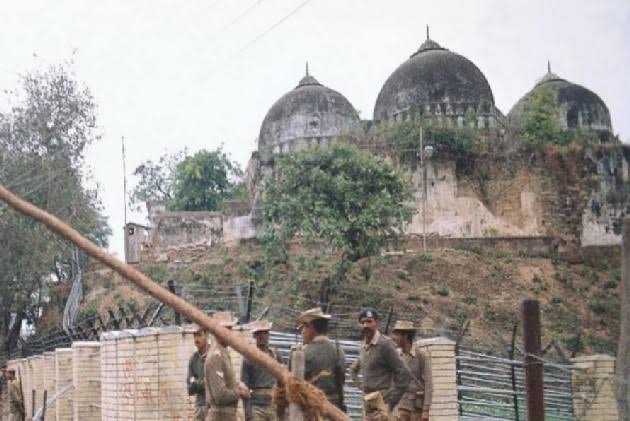
This has been the recent case that erased the political differences and lines of political parties and the state and Central governments towards appealing for calm and peace to ensure that no appalling violence would occur to enhance the hostility. The case has been bounding with heated, disturbing and hatred developments for about three centuries that had portrayed the severity and the long history that lies beneath the disputed land.
It was the 16th century when the issue had slightly rooted up after the Mughal emperor Babur ordered to construct the masjid in the land that was believed and worshipped by Hindus as the birthplace of Lord Rama. They strongly believe that there was a Ram temple in the land. William Finch, the English merchant who was part of British East India Company was an early witness to the location of Ram Janmabhoomi ( the birthplace of Ram), had written that despite the Mosque was built in 1527, the Hindu people were using the piece of land and during the 18th Century when Jai Singh II ruled Ayodhya, the shreds of evidence show that the Hindu people had erected Lord Rama statue close to the Masjid and they worshipped.
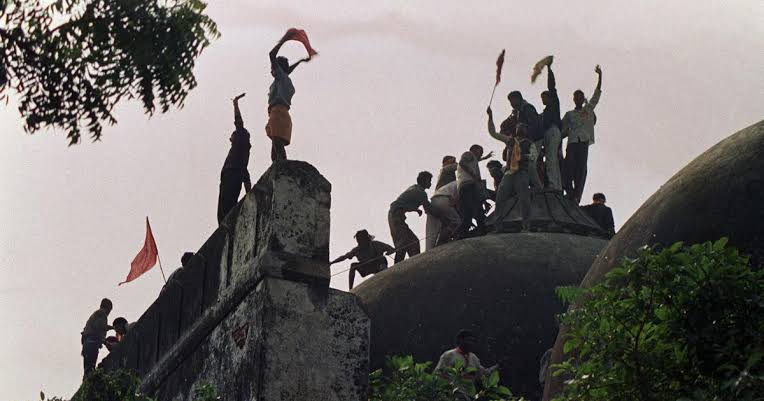
When Hindu and Muslim people had carried out their respective religious rituals for their gods, the scenes were changing during the 19th century. In the year of 1853, the land hosted the first communal riot between Hindus and Muslims that was recorded in history. Although being the starting point of the enmity, it didn't drag much attention from the British rule and while the riots intensified during the upcoming years, the British rulers had fenced the disputed land in 1859 following which they allotted separate lands for both the communities to perform their religious worships. Their fences were strong and left unbroken by the communities until they left India.
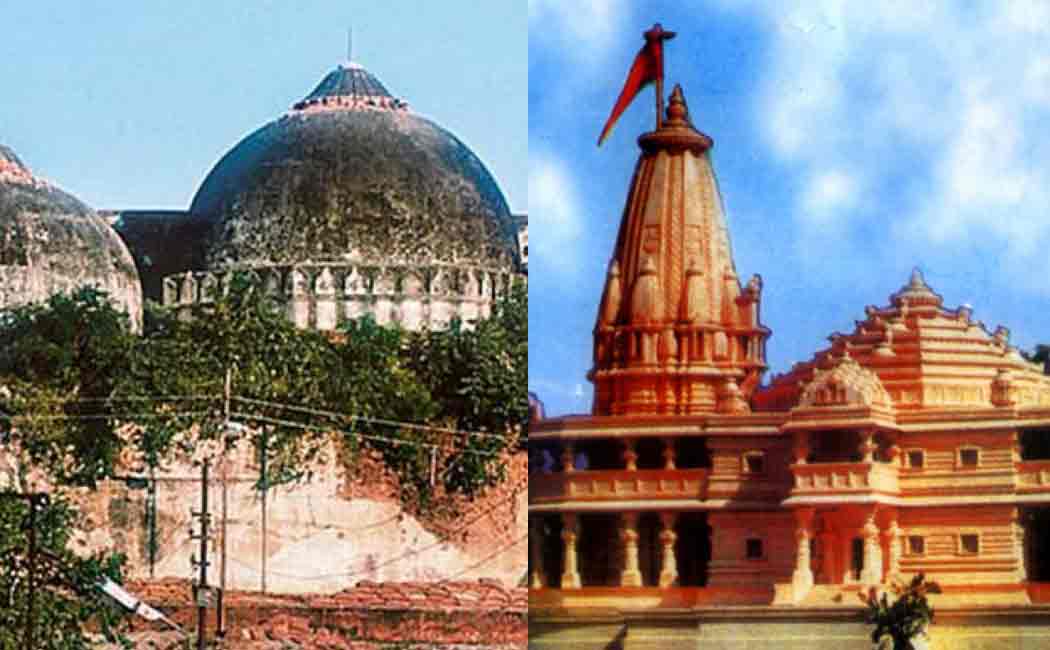
India was declared independent in 1947 and so is the land and exactly two years after the independence, the fences were destroyed and the scenes had directed similar riots of 1853. In 1949, the statues of Rama and Seetha were kept in Babri Masjid that had incited the grounds of Ayodhya to turn towards shaking the religious freedoms and ideology. By citing to lower the tensions and to replace calm with the storm, the then government had sealed the land and by voicing against the move of the government, the Hindu and Islamic groups had tabled multiple petitions in the court and while the court's directives brought minor differences to an end, the hatred and the hostility were enhancing beneath the ground.
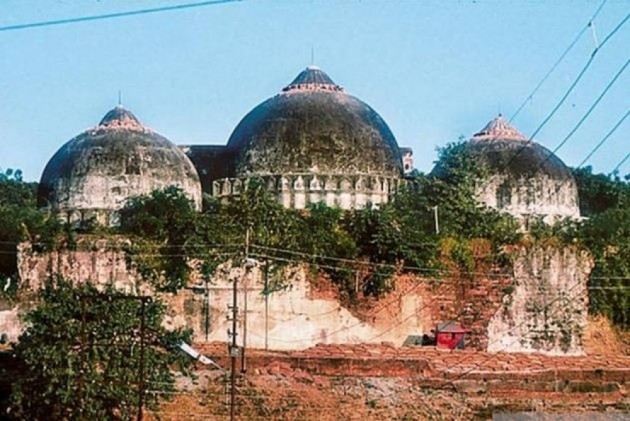
In the year 1986, the verdict of the Allahabad district court had oiled the acrimony through ordering Hindu people to perform poojas in the place where Babri Masjid is located. This judgment had certainly cooked more violence and riots and rooted out the hostility that was resting beneath the ground. While Hindu groups roared to demolish the masjid to built Hindu Temple, Muslims had revealed that they were no way would tolerate to built Hindu temple by collapsing the Masjid. Vishva Hindu Parishad (VHP) and the Bharatiya Janata Party had collectively come together to construct Ram Temple. During 1989, the Hindu parties cemented the foundation to raise the temple, one of the senior BJP leader Lal Krishna Advani had toured entire directions of the country to seek support in building Ram temple and on one hand in which the Hindutva groups were determined to acquire the land to build a temple, on the other hand, it had provoked series of communal riots across the country.
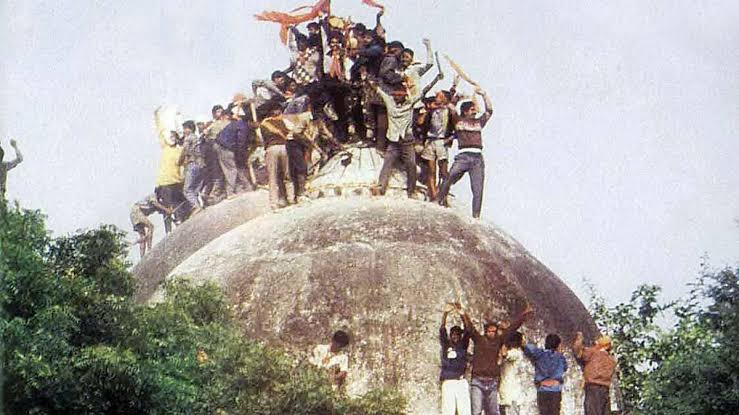
On December 6th, 1992 the cadres of Hindutva parties gathered in the disputed land before Babri Masjid and it was the rampage which resulted in demolishing the masjid and the heat spurred across the nation that had killed more than thousands of people and about 800 died in the series of anarchy in Mumbai and 59 have died in Sabarmati Express that was burnt near the Godhra railway station. The Liberhan Commission, which investigated the demolition of Masjid for about seventeen years had asserted that the important leaders of BJP were directly involved in demolishing the masjid. In 2010, the Allahabad High court had pronounced its verdict where it cracked the disputed land into three and awarded each part to Sunni Waqf Board, Nirmohi Akhara and Ram Lalla Virajman. By challenging the verdict of the high court, Vishva Hindu Parishad had appealed to the high court in the same year and in 2011, the Supreme court had halted the judgment of Allahabad high court.
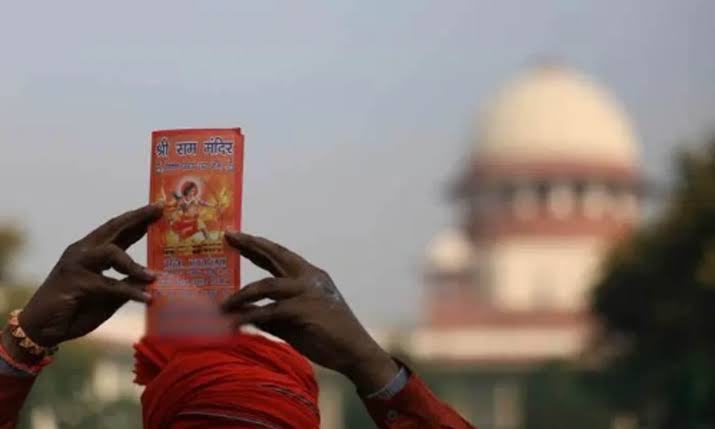
The current Chief Justice of India Ranjan Gogoi, who will be demitting his office on November 17th, 2019 had fast-tracked the hearing of the case and formulated three-member mediation panel to attain consensus among the concerned parties and communities over the land and in the month of August, the Supreme court had decided to hear the case daily after the mediation panel left with failure in reaching the unanimity. The five Justices constitutional bench headed by the Chief Justice of India Ranjan Gogoi and comprised of Justices Bobde, Ashok Bhushan, Chandrachud and Nazeer had reserved the judgment on October 16th.
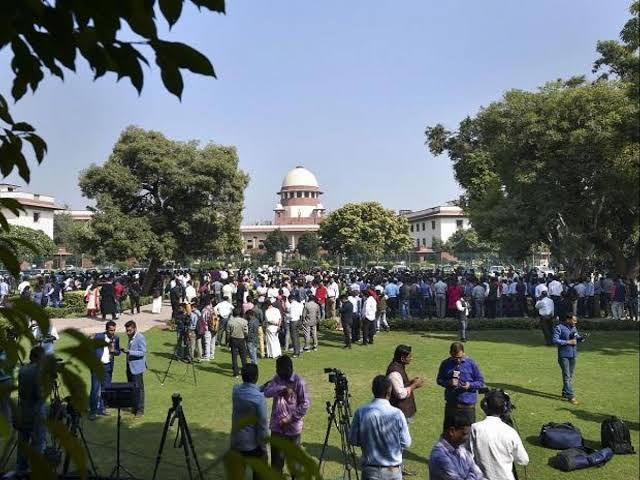
On Friday, amidst the expectations that the final verdict would be delivered on November 13th, the Supreme court had issued notice that the final judgment will be pronounced on Saturday and as scheduled, the final judgment was dictated today unanimously by the five Justice bench with having no dissents in which the Justices had pronounced that the Ram temple can be built in the disputed land of Ayodhya with the overview of a trust under the possession of Central government which will set up board of trustees exclusively to monitor the construction of the Ram temple and the apex court has directed the Central and Uttar Pradesh state governments to provide five acres of alternative land for Muslims to construct Masjid and further instructed Central government to draft and formulate the scheme and to constitute the trust in next three months.
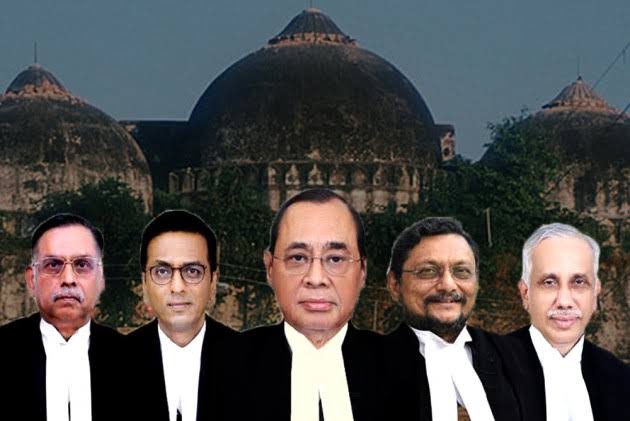
By delivering the 1000 page judgment of no dissents, the Supreme court had written the conclusion in the 21st century to the case of the 19th century that had deep-rooted and deeply connected with the sentiments, beliefs of the people and harmony, unity of the country.



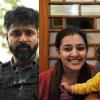

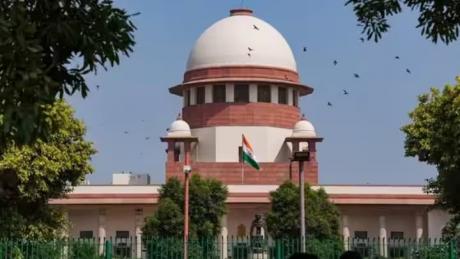
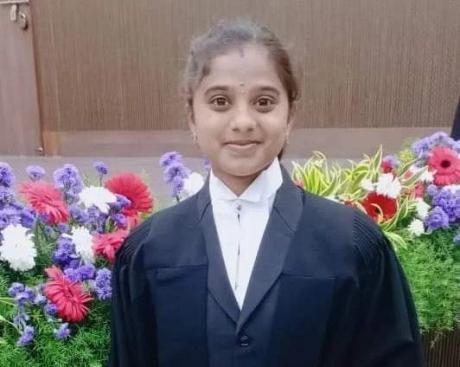
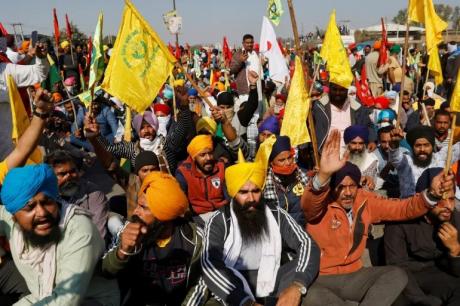
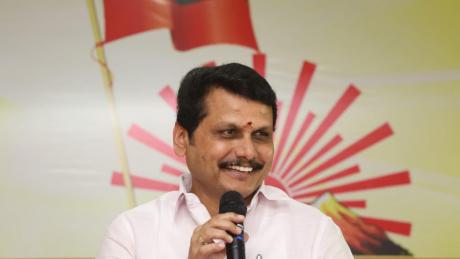
Comments